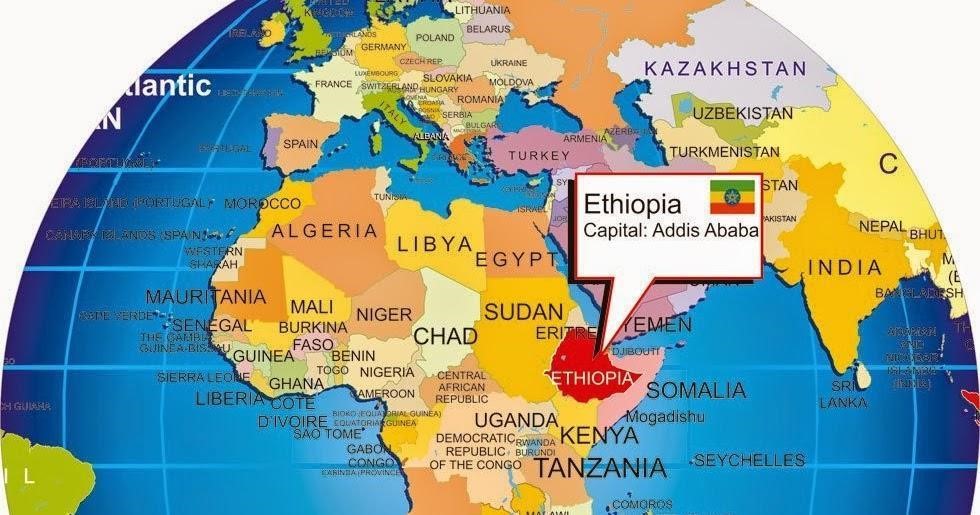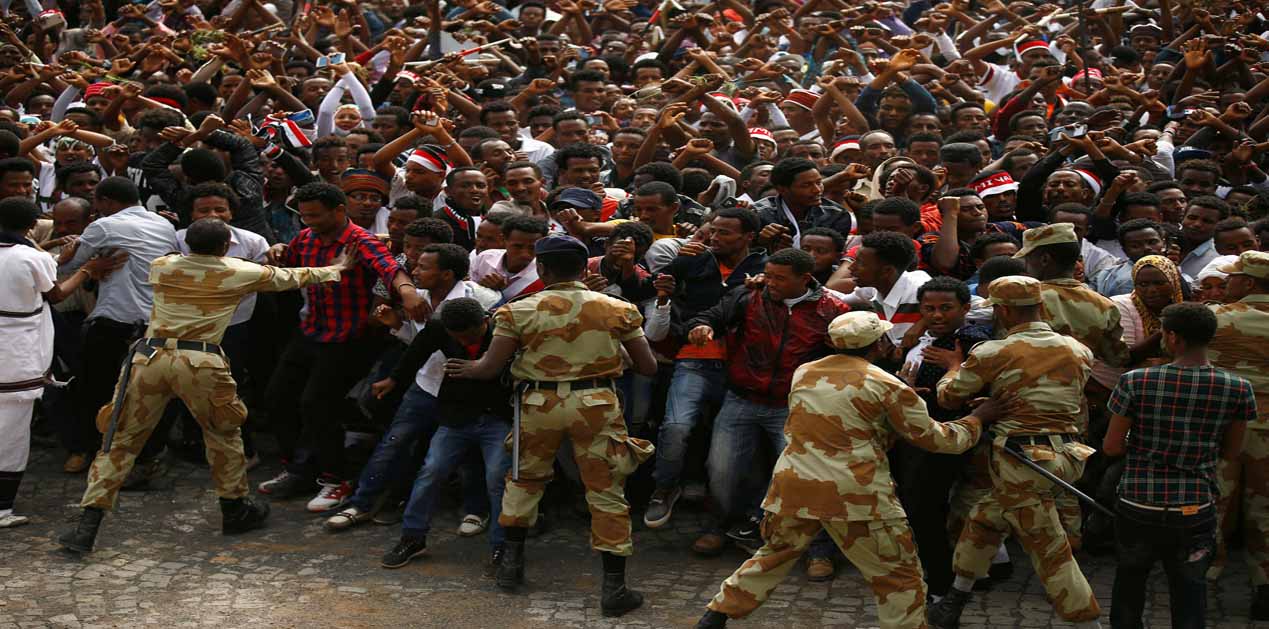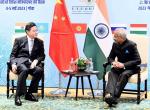Background
Hailemariam Desalegn submitted his resignation as the Prime Minister of Ethiopia following years of unrest and crises in the country. His sudden withdrawal from the post of the Prime Minister and Chairman of the Ethiopian People's Revolutionary Democratic Front (Ethiopia’s ruling party), took place when he willingly vacated looking at the political disruptions and crises in the country.
With over 102 million inhabitants, Ethiopia is one of Africa’s fastest growing economies and most populous land-locked country in the world. The country is the second most populous nation of the African continent and occupies a total area of 1,100,000 square kilometers. With more than 40 ethnic tribes, the Oromo and the Amhara are the two largest groups which in total contribute two-thirds of all Ethiopians. The Tigrayans group, on the other hand, account for only six percent of the population and dominate politics and the security forces of Ethiopia.

Reason behind Political Unrest
Since 2015, Ethiopia has experienced political turmoil, mainly in the Oromia and Amhara region. These two states are the first and second largest states of Ethiopia respectively. In the past three years, hundreds of people have died of anti-government protests. The protests in the early phase started over a proposal to extend the boundaries of Ethiopia’s capital, Addis Ababa into the Oromia region. Farmers in the region were particularly upset, as they thought that this would mean an end to their livelihood. Later on, the decision was put on hold by the Government but the outrage among people did not wither away.
In the year 2015 and 2016, hundreds of people died in these two regions on opposing the urban development plan. The plan triggered public validation against land grabbing and human right abuses. Even the latest demand which was put on table of the Government, was to bring an end to the existing political crises, corruption and violation of human rights. Furthermore, they wanted an end to the rule led by the Tigrayan group in order to achieve liberty and self-rule with a democratic form of governance. Such demands were also supported by the Amharas groups, who held grievances with the existing administration.
The Government’s response to such an issue was to put it down by force when thousands of people were imprisoned and kept in concentration camps. Such incident mainly took place in the Oromia region as the region is under direct military control. The protest movement in Oromia totally changed the political scenario of Ethiopia. It erupted as a social volcano which had huge impact on the people and shook the base of the Government. The Ahmaras, who are the second largest ethno-national group after Oromos in the country, came out in huge support as well. It was for the first time in the history of Ethiopia that the protest received worldwide attention.
Ethiopia under State of Emergency
Soon after the resignation of Desalegn, a state of emergency for six month has been declared in Ethiopia. In the last two years, it is the second time that a state of emergency was declared in the country. In August 2017, emergency was dissolved after ten months in which hundreds of people died and several got injured during the protests against the government. The demands mainly focus on having an extensive political independence. The Defence Minister of Ethiopia mentioned that “Government imposed a state of emergency to bring an end to the crises prevailing in the nation. The decision is not to be seen as a military coup as the army is under the federal constitution and it is a tool to implement government’s decision. The state of emergency procedure are intended to protect the constitution, country and the people” (Al Jazeera, 2017).
Many see Lemma Megersa - the President of the largest federal state, Oromia, as the successor of Desalegn. People see Demeke Mekonnen, the deputy prime minister who is an Amhara, as a suitable candidate to succeed Hailemariam too. Then there is Abadula Gemeda, speaker of the federal parliament and a former president of Oromia, and also Workneh Gebeyehu, Ethiopia's foreign minister who has a fair chance of coming to power (Tom Gardner, 2018).
Significance of India - Ethiopia Relations
In Africa, it is with Ethiopia that India has had one of the most productive relationships as it has been the fulcrum for Indian businessmen. Bilateral trade between the countries is US $1.37 billion. India’s exports to Ethiopia stands at US $1.30 billion, while imports are US $68.4 million. The Indian exports to Ethiopia mainly consist of steel, drugs, pharmaceuticals, paper, textiles, plastics and transport equipment. While the Indian imports comprises of pulse, oils-seeds, leather, spice, scrap metal, etc. (MEA, 2017). India is among the top three foreign investors in Ethiopia and continues to be the largest recipient of India’s concessional Lines of Credit in Africa. Ethiopia is one of the longstanding partners of India on the African continent and is one of the fastest growing economies on the African continent.
Today, China is investing heavily in Ethiopia; they can be seen investing enormously in physical infrastructure of the country and are also acting as a host of employment generating industry. China is also building the Ethiopia–Djibouti railway line that connects the landlocked Ethiopia to Djibouti. This will help Ethiopia expand its trade and international business. Djibouti is developing as a major port world-wide, which already hosts different countries like France, the United States of America, China, etc. Given this scenario, India needs to work on its relation to solidify and strengthen its footprint in Ethiopia.
Another strategic dimension to the India-Africa relations is that the African Union (AU) headquarter is based in Addis Ababa. However, India has not been able to fully exploit its presence on Ethiopian soil to strengthen its focus on the African Union. Thus, a stronger bond with Ethiopia is not only going to help deepen bilateral ties but also give a fillip to the overall Indo-Africa relations with the AU as a pivot.
The President of India Ramnath Kovind visited Ethiopia in 2017, when both the nations signed agreements on trade, communication and media to boost bilateral relations. Ethiopia showed its support to India in the International Solar Alliance (ISA) and India extended support to Ethiopia in the power sector, health care, and education. Later, at the India-Ethiopia Business Dialogue, the President mentioned that India will provide a credit line of $95 million to Ethiopia for an electric transmission line. He also announced $2 million for purchase of food grain. Lastly, he mentioned about the Asia-Africa Growth Corridor (AAGC) as another initiative brimming with potential, concluding the day by addressing the Indian community’s reception in Addis Ababa.
India and Ethiopia share a significant relationship, thus it is important to have a stable government in the country. The dire need of the populous African nation is a leader who can put the country’s aspirations for growth beyond his/her own. Countries in Africa look towards India as a stable and reliable partner in establishing peace, prosperity and progress in their nations, and Ethiopia is no different. It is an opportune time for India to monitor the developments on the ground and ensure that Ethiopia moves towards a bloodless transfer of power.
Endnotes
• Al Jazeera, 2018: “Ethiopia's state of emergency to last six months”. http://www.aljazeera.com/news/2018/02/ethiopia-state-emergency-months-180217131703045.html
• MEA 2017, ‘India-Ethiopia Relations’, Sept. 2017 http://www.mea.gov.in/Portal/ForeignRelation/Ethiopia_Sept_2017.pdf
• Tom Gardner 2018, “Ethiopia's leadership race: the Oromo leader at the front”. The Africa Report, Addis Ababa 15th Feb. 2018 (http://www.theafricareport.com/East-Horn-Africa/ethiopias-leadership-race-the-oromo-leader-at-the-front.html).
(Views expressed are of the author and do not necessarily reflect the views of the VIF)
Image Source: https://www.brookings.edu/wp-content/uploads/2016/10/ethiopia_protests002.jpg











Post new comment